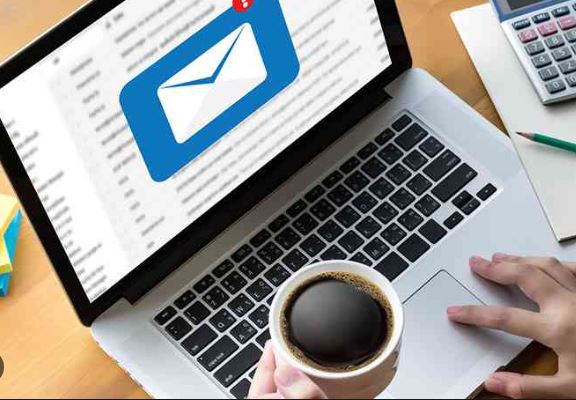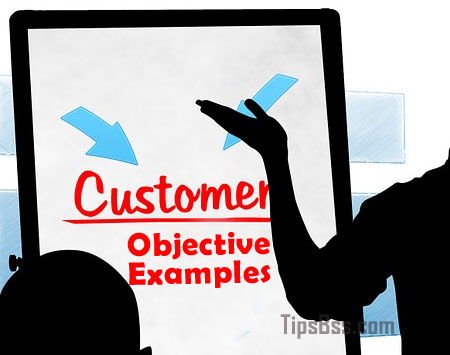Mastering Email Communication: General Tips for Effective Writing
Perfect your email writing with these general tips for effective communication. Start with a clear and concise subject line that summarizes the email’s purpose. Address the recipient appropriately based on your relationship and the context. Begin with a polite greeting to establish a positive tone. Craft a focused and well-organized email, breaking content into paragraphs for readability. Be mindful of your tone, ensuring it aligns with the nature of your message. Use professional language and avoid slang or jargon that may be unclear. Proofread your email for grammar and spelling errors before hitting send. Keep your email signature updated with relevant contact information for easy follow-up. End with a courteous closing that matches the formality of your message.

Use a Clear and Descriptive Subject:
Use a clear and descriptive subject that summarizes the content of your email. This helps recipients understand the purpose and urgency of your message at a glance.
- Use a clear and descriptive subject that summarizes the content of your email.
- Well-crafted subjects improve the chances of your email being opened and understood promptly.
- Avoid vague or generic subjects to ensure your message stands out in crowded inboxes.
Keep it Brief and to the Point:
Keep your email brief and to the point. Most people prefer concise communication, so focus on the key information without unnecessary details.
- Keep your email brief and to the point.
- Focus on the key information to avoid overwhelming recipients with unnecessary details.
- Concise emails are more likely to be read and understood in a busy work environment.
Use Professional and Clear Language:
Use professional and clear language in your email. Choose words carefully to convey your message accurately and maintain a professional tone.
- Use professional and clear language to convey your message accurately.
- Choose words that align with the formality of the relationship and the purpose of your communication.
- Clarity and professionalism contribute to effective and respectful email communication.
Include a Polite Greeting and Closing:
Include a polite greeting and closing to create a positive tone. Personalize your greeting and choose a closing that suits the context of your email.
- Include a polite greeting and closing to create a positive tone in your email.
- Personalize your greeting based on the relationship with the recipient.
- Appropriate closings, such as “Best Regards” or “Thank You,” contribute to a courteous email style.
Proofread Before Sending:
Proofread your email before sending to catch errors. Typos and grammatical mistakes can undermine the professionalism of your message.
- Proofread your email before sending to catch errors and ensure clarity.
- Check for typos, grammatical mistakes, and overall coherence in your message.
- Reviewing your email contributes to effective and polished communication.
Be Mindful of Tone:
Be mindful of your tone to ensure your message is received as intended. Consider the context and the recipient’s perspective when choosing your words.
- Be mindful of your tone to ensure your message is received as intended.
- Consider the context and the relationship with the recipient when choosing your words.
- Adjust your tone to match the formality and purpose of your email communication.
Use Bullet Points for Clarity:
Use bullet points for clarity when presenting lists or important information. Bullet points break up text and make it easier for recipients to digest key points.
- Use bullet points for clarity when presenting lists or important information.
- Bullet points improve readability and help recipients quickly grasp key information.
- Organizing content with bullet points is especially effective for action items or step-by-step instructions.
Consider the Timing:
Consider the timing when sending your email. Be mindful of the recipient’s time zone and work hours to increase the likelihood of timely responses.
- Consider the timing when sending your email, taking into account the recipient’s time zone and work hours.
- Avoid sending non-urgent emails outside of regular business hours when possible.
- Consider scheduling emails for optimal timing to improve response rates.
Advantages of Following General Email Writing Tips:
- Enhanced clarity and attention with a concise and informative subject line.
- Improved professionalism and positive impression through proper addressing.
- Maximized readability with well-organized and focused email content.
- Reduced risk of misinterpretation through mindful language and tone use.
- Promotion of a positive and effective email communication experience.
Disadvantages of Ignoring General Email Writing Tips:
- Increased likelihood of emails being overlooked with unclear subject lines.
- Challenges in creating a positive impression without proper addressing.
- Missed opportunities for effective communication with disorganized emails.
- Higher risk of miscommunication with inappropriate tone or language.
- Potential negative impact on professional relationships and communication outcomes.
Things to Avoid for Successful Email Writing:
Avoid using vague subject lines; be specific and informative. Minimize neglecting proper addressing; it sets the tone for your email. Refrain from overly lengthy emails; prioritize clarity and brevity. Avoid using unprofessional language or tone; maintain a respectful demeanor. Stay clear of ignoring proofreading; errors can impact your credibility. Consult with experienced communicators or explore writing guides for specific questions or concerns.







